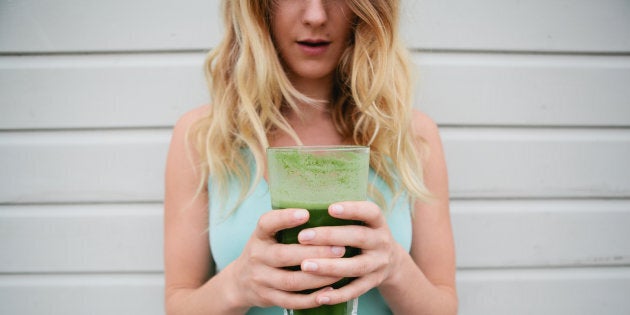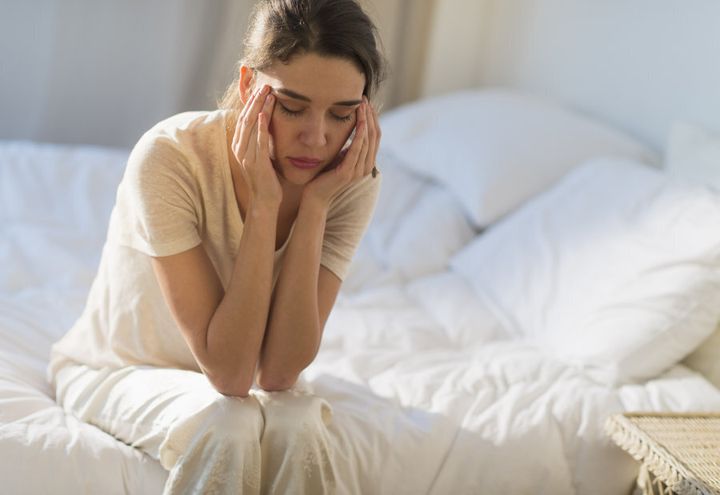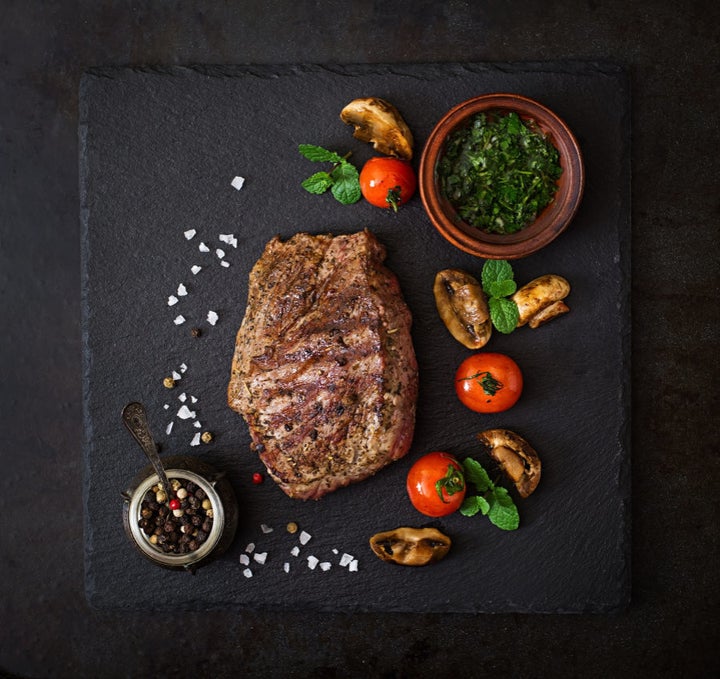
The effects of new diet trends may be behind a rise in iron deficiency among Australians -- particularly young women.
According to the recent Medibank Better Health index, more than one million Australians in 2016 are iron-deficient or anaemic. This is a jump from about 861,000 people in 2008.
It may be that young Aussie women are reducing the amount of iron rich foods such as red meat in their diet -- putting them at higher risk.Dr Linda Swan
Young women aged 18-30 are typically among the worst affected due to menstruation, pregnancy and menopause contributing to an increased requirement for the mineral.
But Medibank Chief Medical Officer Dr Linda Swan is concerned about the scale of this increase that has risen from 13.4 percent of young women in 2008 to 15.3 percent this year.
"While we'd expect to see women reporting a higher incidence, what is concerning is that the number of women affected is increasing over time," Dr Swan said.
"There are many reasons why this could be... with the emergence of new diet trends over recent years, it may be that young Aussie women are reducing the amount of iron rich foods such as red meat in their diet -- putting them at higher risk."

What is the risk?
Iron is an essential mineral that is involved in transporting oxygen throughout the body.
"If you don't have enough iron, your body can't make enough healthy oxygen carrying red blood cells," body science expert Moodi Dennaoui told The Huffington Post Australia.
As dietitian and sports nutritionist Robbie Clark told Huffpost Australia, red blood cells contain haemoglobin -- a complex protein that carries oxygen from the lungs throughout the body.
"Haemoglobin is partly made from iron and accounts for about two-thirds of the body's iron," he said.
Low haemoglobin levels or a reduced red blood cell count can cause anaemia, a blood disorder -- the most common cause of which is iron deficiency.
And as demonstrated by the Index, young women are at a greater risk.
"Women in their reproductive years have a much higher iron requirement than men due to the loss of monthly blood," Dennaoui said.
They can find it difficult to meet their daily requirements with food alone, which means they also have a higher risk of iron deficiency.Moodi Dennaoui

According to the Medibank Index, those suffering from iron deficiency and anaemia were far more likely to show signs of low immunity and frequent headaches. 62 percent were affected by the common cold in the last 12 months compared with 46.8 percent of the general population.
Iron deficiency and mental health
The Index found that 35.8 percent of those affected by iron deficiency or anaemia also managed anxiety compared with 17.4 percent of the general population. Similar results pointed to a link with depression.
Whilst inconclusive, the association comes down to the effects of weakened immunity.
"The link between iron deficiency/anaemia and weakened immunity is well documented, and this link is supported by the findings of the Index," Dr Swan said.
"While our findings do indicate an association with mental health issues, external studies in the area have not identified a casual relationship and more research is required to fully understand the connection."
How do I know?
When we become low in iron, there are some common signs and symptoms. While fatigue is common, low levels are also reflected in our concentration, hair and skin colour.
Common symptoms of iron deficiency anaemia include:
- Tiredness and lethargy
- Breathlessness (even when you're not exerting yourself)
- Loss of appetite
- Headaches
- Pale complexion
- Heart palpitations
- Hair loss or thinning
- Lack of concentration
- Increased risk of infection
- Weakness and/or dizziness
For young women -- particularly those following a vegetarian diet -- maintaining a healthy level of iron-rich foods and nutrients is key. These everyday foods are a good place to start.

"Women can find it difficult to meet their daily requirements with food alone, which means they also have a higher risk of iron deficiency," Dennaoui said.
Teenage girls and menstruating women, together with vegetarians, vegans and female athletes, may also require an iron supplementation.
If you're concerned, speak with your GP. They can track your blood levels and determine the best treatment to suit your needs.